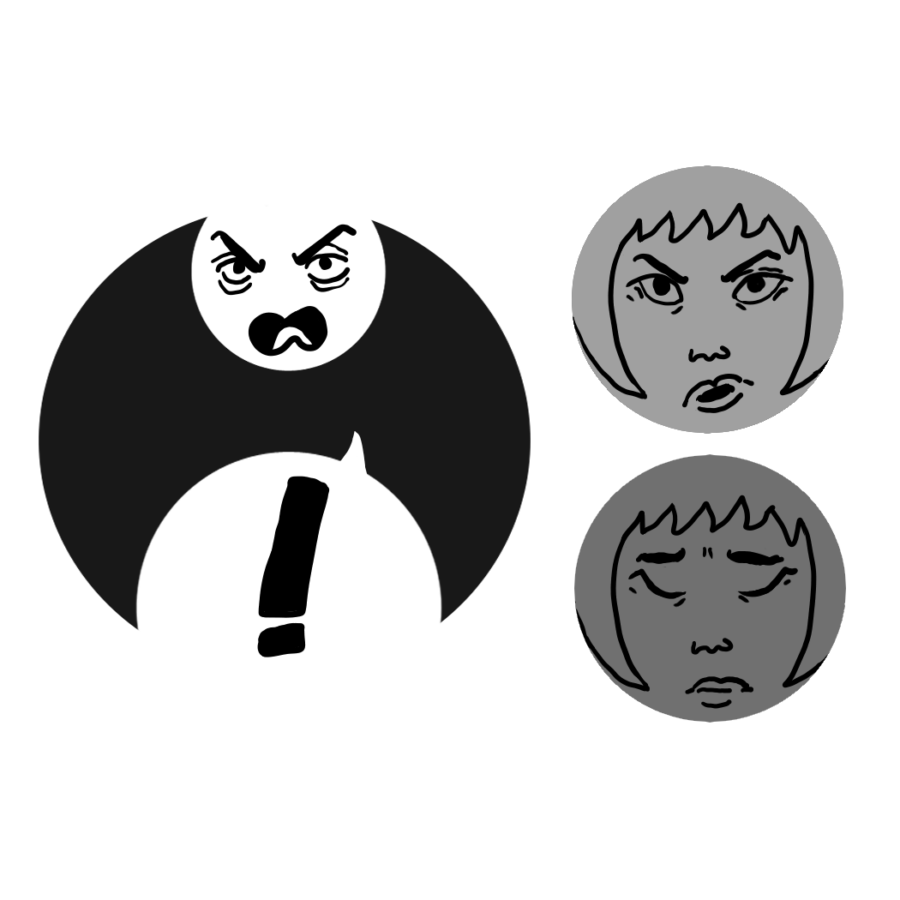Imagine that someone has lived in a dark room their whole life, having never seen the color red. But they’ve read books, articles, firsthand accounts on the experience itself, could recite red’s exact wavelength, name every shade and know the subject in and out like the back of their hand. They just haven’t experienced red before.
Now, imagine that this person is let out of their room. They step out into the world and for the first time, see a rose, or maybe a tree slowly blushing into autumn, in its full glory. The question is: would this person’s knowledge prepare them at all for the lived experience of seeing the color red?
I venture that the answer is no.
I consider myself to be fairly socially literate and up-to-date with current events. During the pandemic, I have read countless articles about the rise in hate crimes and violence against minorities, especially against Asian-Americans like myself. I have seen dozens of social media posts about hateful acts against grandmas in California, mothers in New York and fathers and sons in Texas.
And it is nothing compared to the real thing.
A white man roaring in my face in broad daylight for all the Pearl District to see; my eardrums thundering as an unstoppable slew of xenophobic dogma and slurs fills the air around me; stunned shock morphing into fear, so tangible I can feel it clawing at my throat. Even these words, descriptive as they are, are puny when compared to the real thing.
It’s easy for people to react in shock or horror at the cruelty of the words, the extent of hatred in the supposed colorblind utopia of Portland, the sheer randomness of it all. I was ready and expected that reaction, even began bracing myself for sympathetic shoulder-patting before the encounter was over.
What I wasn’t prepared for though, was my own reaction. In the moment, I laughed, immediately began joking about it with my friends over fries and root beer floats on the sidewalk where it happened. But after, a feeling of agitation and frustration lingered. I looked into buying pepper spray, taking self-defense classes and kept my head down while walking downtown. I grew tired of uselessness, both my own and others, the white-guilt apologies and well-meaning but meaningless words of others.
“Don’t you get it?” I wanted to scream to anyone who would listen. “This doesn’t change anything. I want to make sure this never happens again, but if I don’t know what to do to help, how could you?”
It took a lot of therapy and self-reflection to reach the understanding that I eventually did – that being born Chinese in America goes hand-in-hand with a sense of defenselessness in the inability to control the hateful actions of others. Not just the overt ones, but the subtle ones, too – people crossing the street and putting on their mask (or, in one person’s case, an umbrella) when I pass; the conspiracy theories about the “Wuhan virus” online, the sneers at my cuisine, language and culture from my peers and total strangers. To reckon with your identity is to understand that hate is inevitable, and the only thing you can control is your reaction to it.
There is no universal experience for being Asian, or even Chinese during the pandemic. But let it be known, loud and clear, that, for me? I’m seeing red.
This story was originally published on The Cardinal Times on September 30, 2021.




































